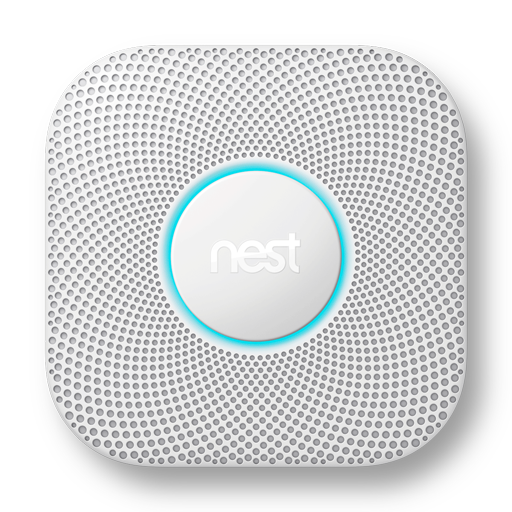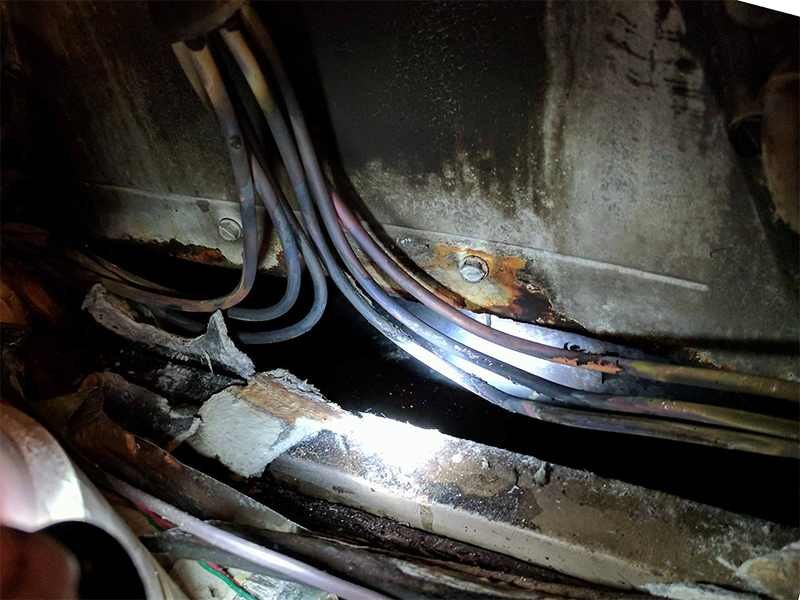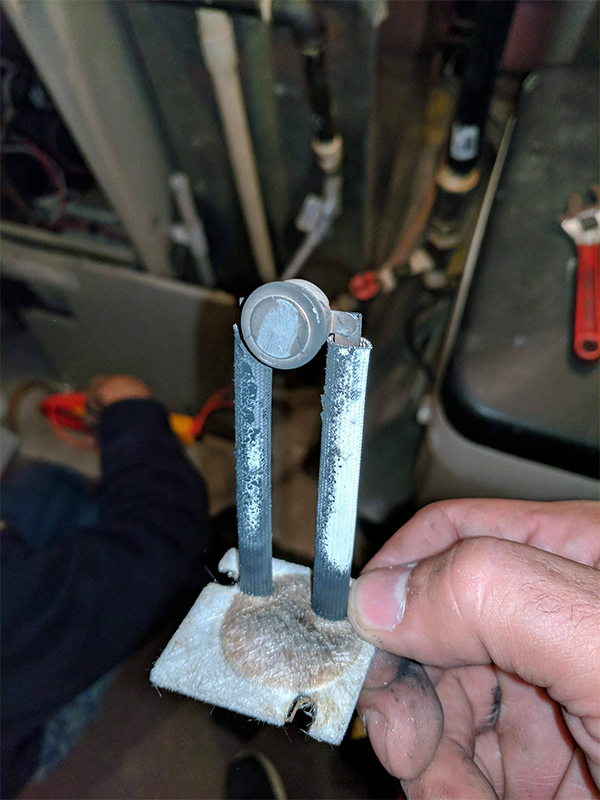You’re accessing archived content
This is archived content from the UIT website. Information may be outdated, and links may no longer function. Please contact stratcomm@it.utah.edu if you have any questions about archived content.
UIT manager’s smart home saves itself from burning down

Dave Packham, manager for Network & Communications Infrastructure
It was 5:00 p.m. on a Friday afternoon when Dave Packham’s phone began sounding off multiple alarms, followed by an urgent phone call from his daughter.
“Dad, the house is on fire,” she said.
Packham, UMail and Collaboration manager for Network and Communications Infrastructure, was still at work at the time – but thanks to his home automation, he already knew what was going on.
“The thing that saved us was a Google Nest smoke detector,” he said. “It sensed the smoke and the CO2 emissions way before the other smoke alarms in the house did.”
His wife and daughter were home at the time, and instead of hearing the typical loud blaring of a fire alarm, they heard a very pleasant voice from the smoke detector – a Google Nest Protect – announcing that smoke had been detected and they needed to leave their house.
As it turns out, a fire had started in the furnace, causing massive amounts of black smoke to begin filling the house. But because the Nest Protect sensed the fire so early, it was able to “talk” to the house’s Nest Thermostat and relay the message to shut down the furnace immediately, causing the fire to die out. It also automatically called the fire department.
How long would it have taken for traditional fire alarms to detect the smoke?
“My wife and daughter were already outside and saw black smoke coming through the windows when the old school alarms went off,” said Packham.

Google's Nest Protect (image source: https://nest.com)
When asked if he thought the Nest Protect saved him from a full-fledged fire, Packham’s immediate answer was, “Absolutely.”
That’s because there’s a sensor inside the furnace flame chamber that’s intended to melt at 500 degrees and become nonconductive. That sensor failed to melt, however – meaning the fire would’ve kept right on burning, had the Nest Thermostat not forced the furnace to shut off.
“It would’ve pushed the flame right between the two floors and spread sideways,” Packham said. “We never would’ve noticed until it started burning through the floor.”
Packham first started automating his home several years ago, installing motion detectors for all the lights in the house.
“It saved me 22% of my electric bill the first year I started doing it,” he said.
He began adding more automation to his home, including the ability to lock his doors remotely, see and talk to a person ringing the doorbell, motion sensors and cameras for the front and back yards, and a smart thermostat that regulates the temperature of the home automatically. All of this can be accessed and controlled conveniently through his phone.

Close-up of Packham's furnace where the fire started
“When the home detects the presence of your cell phone, it’ll unlock the doors before you even get to the house,” Packham added. “And when you walk away from the home, it’ll lock the doors and turn off the A/C.”
Once, Packham noticed a neighbor was walking his dog and letting it do its business in Packham’s front yard without cleaning it up. So, he set his motion detectors to pick up any movement in his front yard during the late evening and early morning hours. If they detected movement, the sprinklers would immediately turn on.
The problem resolved itself after just one night.When Packham got a notification that his sprinklers had turned on, he looked outside and saw a man running away with a wet dog.

The furnace sensor that failed to melt
“They actually changed their route and go down someone else’s street now,” Packham said, laughing. “If someone is creeping around your backyard at 11pm, turn the sprinklers on – they’ll go somewhere else!”
Over the years he’s continued to add more and more home automation gadgets and sensors.
“There are lots of little life hacks you can do,” he said.
For Packham, automating his home has simply been a fun and nerdy pursuit – until the fire. Now, he plans to install more Nest Protects in each room where people sleep in the house, just to be safe.
His wife, Sandra, now appreciates their home automation that much more.
“We actually need this. This is not just a toy anymore,” she said. “This actually saved our home.”
Node 4
Our monthly newsletter includes news from UIT and other campus/ University of Utah Health IT organizations, features about UIT employees, IT governance news, and various announcements and updates.
